Hi there, my name is Andy or @ClarkenwellsDK over on the gram and I’m from the south of the UK. When I’m not shooting I’m painting wobbly lines on the roads as a surface marking specialist…(yes it’s that stuff you see on TikTok). I have been shooting on and off for over a decade. Usually this has been focused on other hobbies and interests such as mountain biking, climbing. Basically anything outside.

Where it began
I’m one of many photographers who found toy photography during lockdown. While I was fortunate to continue working during lockdown, being able to get outdoors was frustrating. Outdoors is where the majority of my photography is created and I was more than a little frustrated. I had no place to unwind, practice or develop my photography.
I’ve always been a nerd at heart and in 2020 I discovered another aspect to this world on instagram. I connected with people who where sharing their gaming and desk setups through photographs. I was curious and very intrigued.
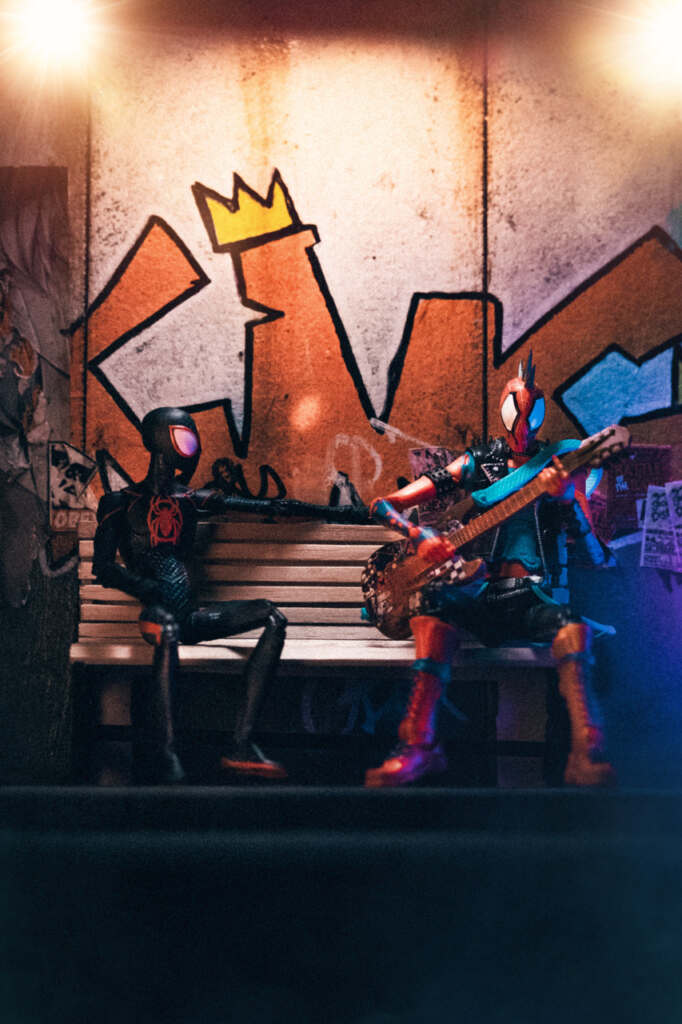
My shift towards toys happened when repetition and creative ruts took hold. I mean there’s only so many ways to photograph a keyboard and a monitor, right? My fight back to enthusiasm occurred when I noticed other table top gamers using Funko’s and Statues as props in their set-ups.
There was a very small number of users in this community who used the tag #toyphotography and that was it for me. After browsing this and similar tags I became fascinated by this new world. In 2022, and a few Funko Pops later, I tried what I would consider my first ‘real’ toy photo with a Neca 1990 TMNT figure. Now, two years later I’m obsessed and absolutely LOVE the hobby of toy photography.
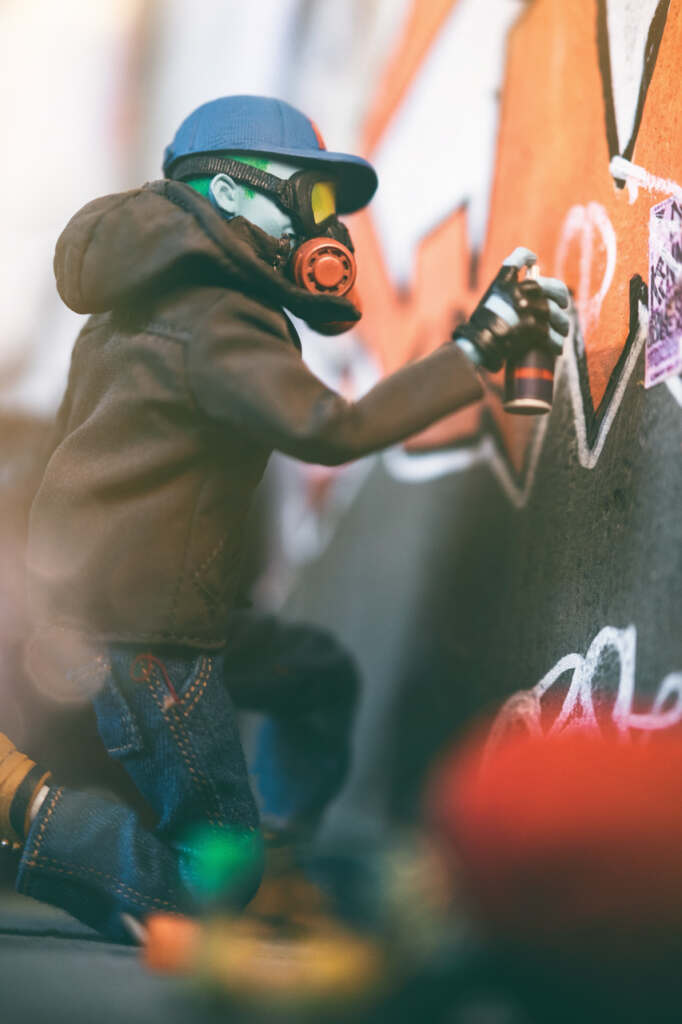
Where do you get your best photography ideas? What’s your process?
EVERYWHERE! I really do get my ideas from all over the place. The most common cause for a creative spike is interacting with people, life, and just doing stuff. It doesn’t even have to be toy related (although that helps). Knowing what gets my excited helps. I simply lean into that.
I used to get stuck in ruts for months at a time. I would spiral, causing me to be in such a funk. I’ve started to just allow myself to see everything as an idea under construction and get inspired by the process. I’m learning there is no lack of inspiration.
Because my brain goes a million miles per hour, I find it hard to write down my ideas. While I’d love to keep a notebook of ideas, I just wouldn’t be able to keep up. I’ve discovered I need to make one exception so I don’t loose all my ideas, Ideas that require me to hunt for a prop or some kind of research do get written down. Then its only a case of just getting to it…
My process is pretty simple and straight forward. It goes something like this:
- I set up the scene while focusing on placement and posing of the main subject. (These figures don’t always like standing on their own. They love to test your patience so be ready, this could be a fight to the death! I)
- Then I take a test photo to make sure I don’t miss anything or if I need to add anything.
- When I’m happy my next step is to take another photo exposing for the background.
- Next up is lighting such as a pocket panel, strobe or reflector to light the subject.
- Once I’m satisfied, I capture the final image.
Because I absolutely HATE sifting through hundreds of photos for the handful of keepers, I try to work on my efficiency. While I try to avoid wasteful shooting, I’m comfortable continuing to capture images until I’m happy. After all, the feeling I get when I have the shot I’m looking for makes me so happy, is just something else!
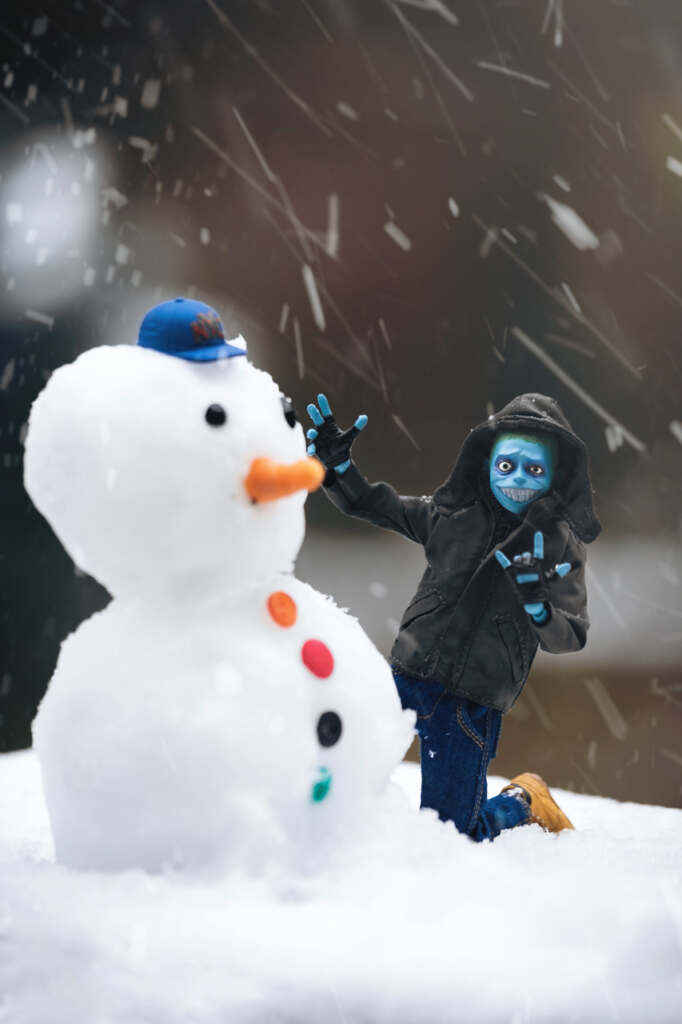
What are the essential tools in your toy photography kit?
In photography I used to be so overwhelmed by the huge amounts of equipment…its endless. When I went on mountain bike trips, I’d take a pack that was heavier than my car only to use two items. During my toy journey I’ve figured out what I like and what I don’t pretty quickly. Part of my game change has been to switch out my old kit for the smaller Fujifilm XT1 system. It’s a safe buy as it’s old and a cheap test to see how I’d like this smaller system. I love it and I will be upgrading to a newer model in the future.
Because I prefer photographing in the outdoors a small simple kit is important. Now that I have to factor in bringing toys and their accompanying security team to protect them from the dangers of damage that can occur in elaborate places. My kit consists of:
- Fuji 50-140 f2.8 lens.
- Fuji 50mm f2 lens.
- Lume cube panel light.
- A couple of Ulanzi lights.
- 3LT tripod.
- Remote shutter release.
- Wire and chopsticks/large skewers to help prop up my figures.

Indoor or outdoor?
This is tough as I just love photographing everywhere but my preference is outdoor locations. Those are the types of photos I’m personally drawn to so it’s an easier and more enjoyable process. These days though time is lacking for a proper adventure and creating an outdoor shot can be tricky. This is when I lean on my indoor setups.
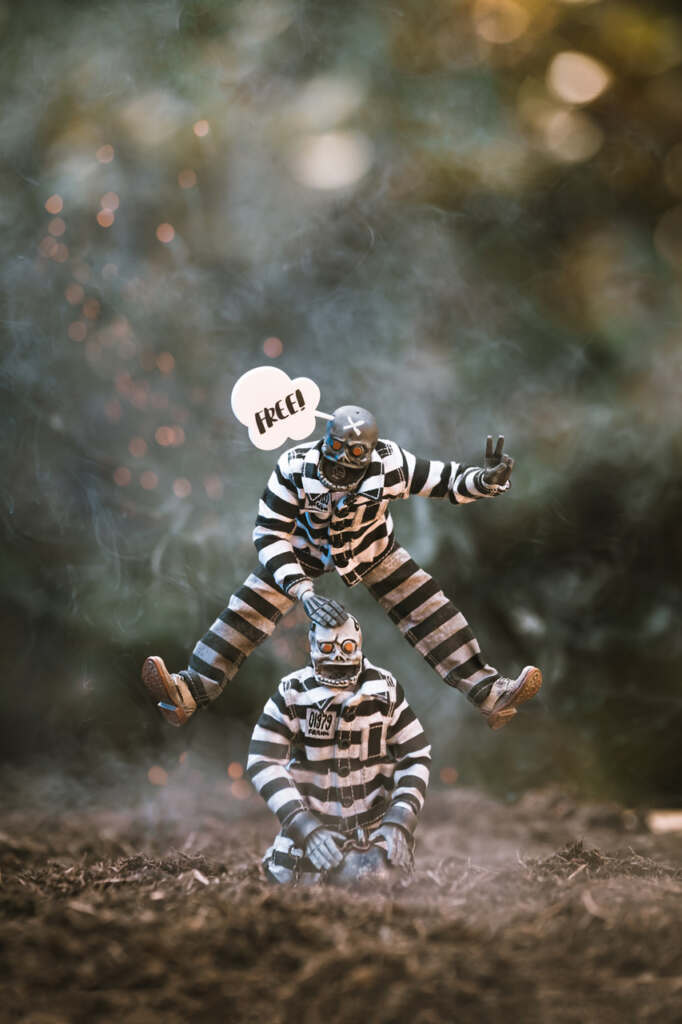
What tips would you like to share with a beginning toy
photographer?
This is a good one as there’s a heap of tips. Many of which I have to keep telling myself often as well. My big three that I try to follow closely and and have helped me stay on track are as follows….
First I’d say prepare for the long haul and create toy photos for the enjoyment. It’s a forever thing this photography malarky so don’t get stressed out with failures as failure breeds progress and development! Every single person you come across would have produced something just as bad or even worse than that one photo you’re super unhappy about, so, just chill and enjoy the ride. Keeping aware why you’re doing it. Don’t be led by the hype race because as much as we all love it (I’m very guilty) you just don’t need the latest toy or fresh piece of equipment to create great photos.
Secondly, know your camera inside and out. Know how to use your camera in full manual. Know how to adjust every setting and what it does. If it doesn’t have manual settings then learn every setting that you do have, what it does and how to use it to your advantage. If you know everything about your tools it’s one less stress that lets you focus on capturing that incredible photo!

Lastly, don’t be afraid to reach out and ask for help or feedback. This community is incredible and people generally are pretty decent so just ask for help if you need it and be ready to pass that on to the next person seeking your help, don’t gatekeep and be kind there’s room for everyone!
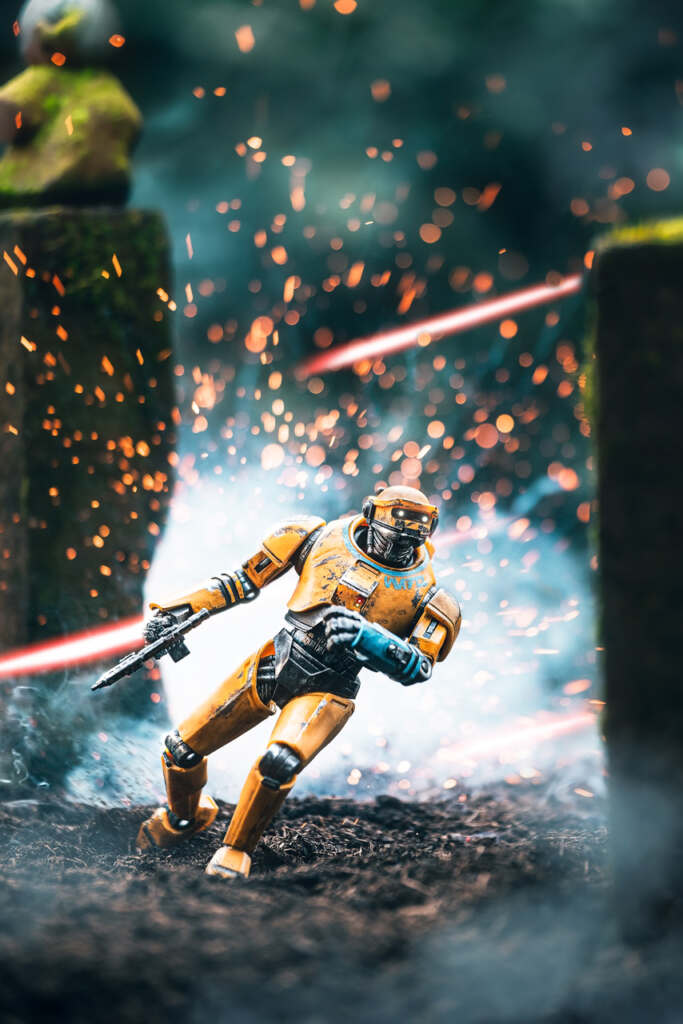
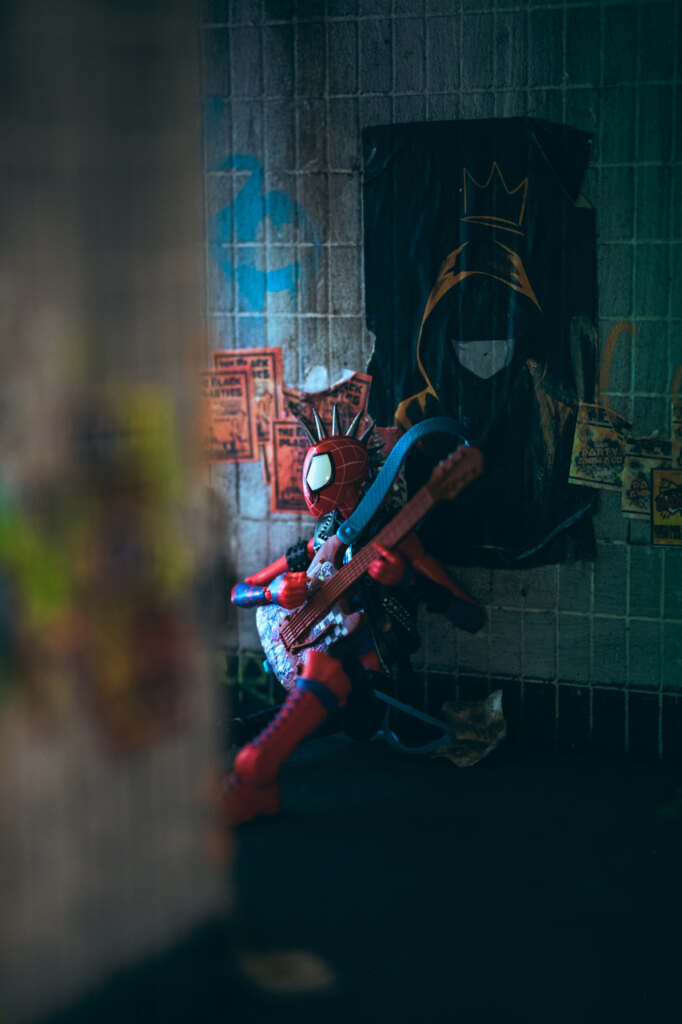
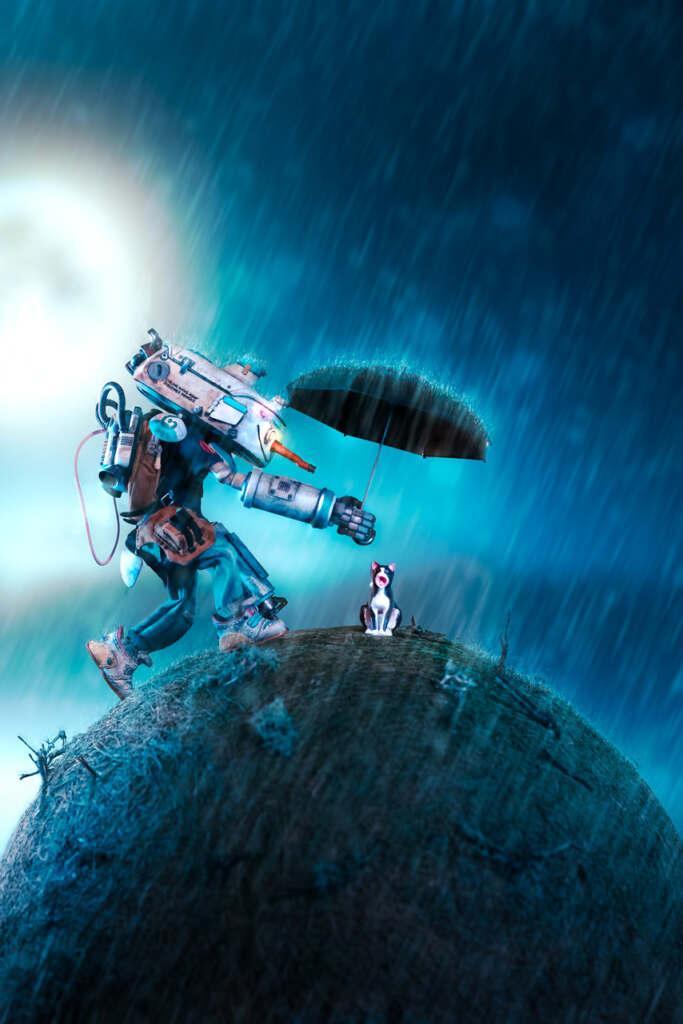
Last words
I’d love to shout out everyone involved in keeping the ToyPhotographers blog and community going. This has been a huge catalyst for me in my ever growing toy journey and I’m so so grateful for the content that is produced. I’m honored to be asked for this feature! You’re all awesome!

Check out more of Andy’s photo at @clarkenwellsDK on Instagram. We appreciate Andy taking the time to share his journey, photos and process with the ToyPhotographers community. Sharing is caring. 😀
If you’re looking to a community of like minded toy photographers, consider joining our MeWe community. A community dedicated to learning, sharing and supporting like minded toy photographers. More information can be found here.
Two examples (here and here) of table top gaming and statue photography accounts similar to what Andy mentions in this post.



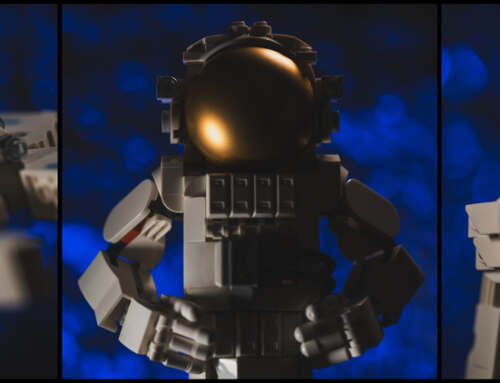
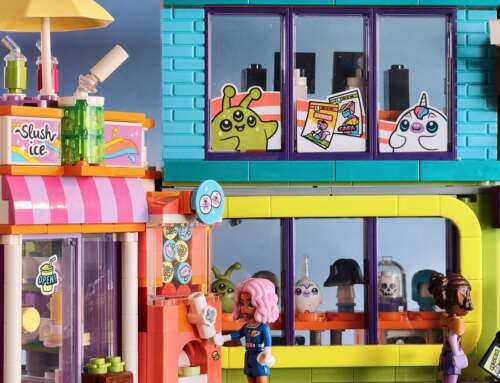
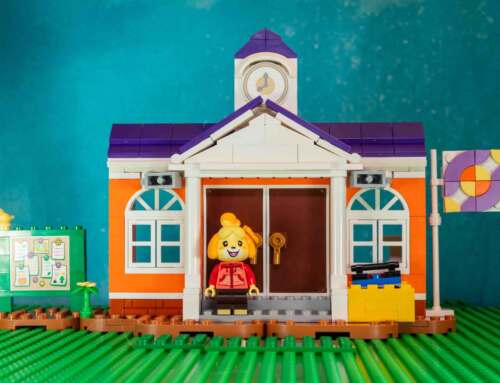
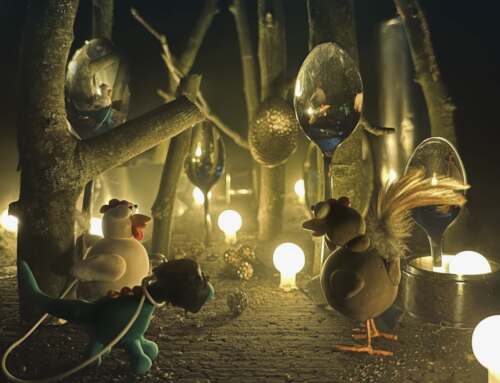
Great feature! I love Andy’s energy and his story,
Hey Andy.
I really enjoyed reading your post and learning your story. I really relate to this statement you made “Because I absolutely HATE sifting through hundreds of photos for the handful of keepers, I try to work on my efficiency. While I try to avoid wasteful shooting, I’m comfortable continuing to capture images until I’m happy. After all, the feeling I get when I have the shot I’m looking for makes me so happy, is just something else! ” I am happy to keep trying a photo/idea forever but when I started really getting into toy photography I was more quick set ups and ever quicker shots. And I am happy either way.